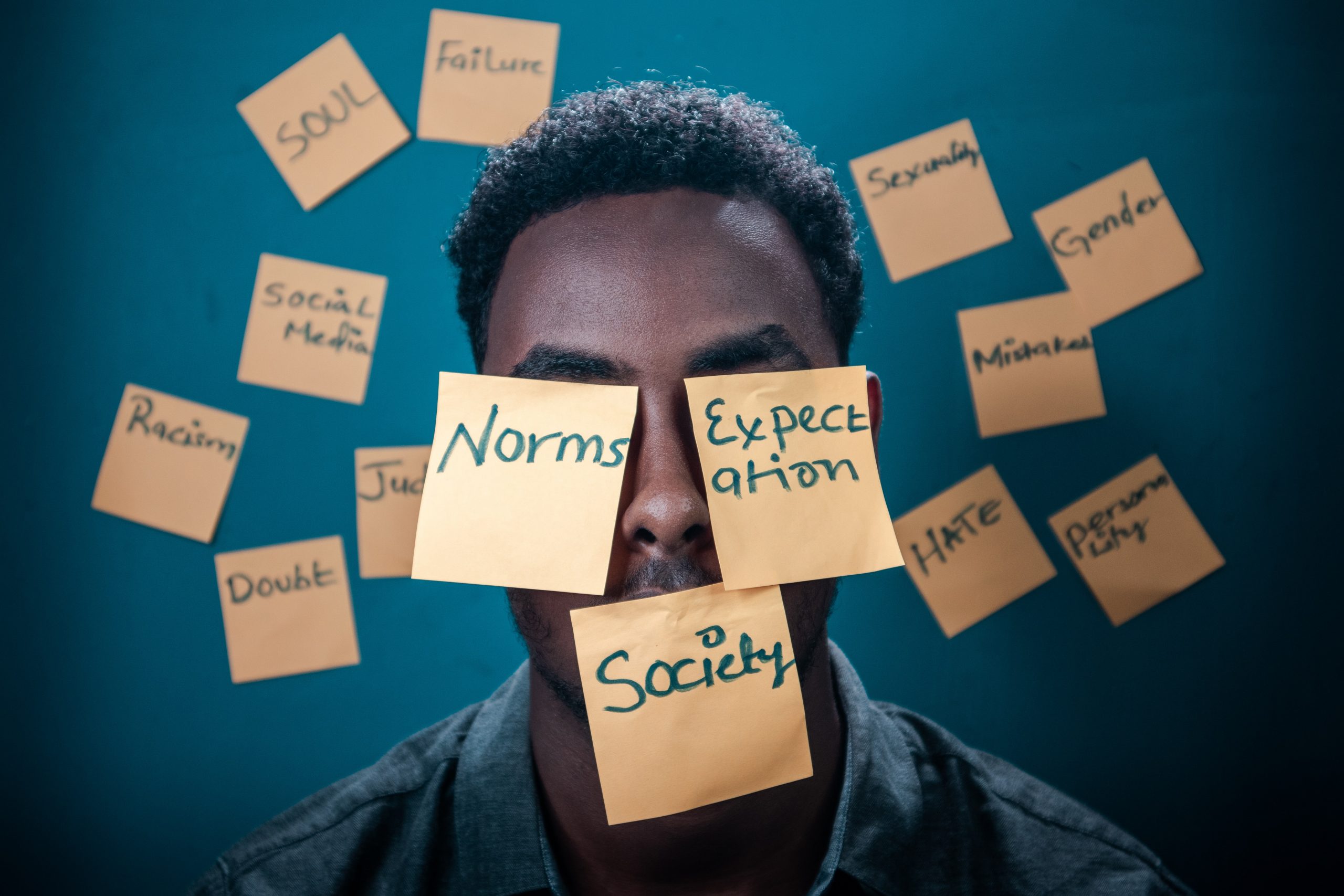The power of social media is the ability to connect and share information with anyone on Earth, or with many people at once. A power that the never-ending flow of internet trends harnesses on a seemingly daily basis. While keeping up with the gush of new social media features may seem easy to the majority of us, the consumption of such content does influence our mental and physical well-being in ways we may be wholly unaware of.
During the last decade, social media has experienced rapid growth, establishing an entirely new medium for human interaction. Global communication is now possible 24/7 thanks to online platforms such as Facebook, Twitter, and Instagram, and our every waking moment is now eclipsed by hours of mindless scrolling. Social media is an integral (and to a large extent, unavoidable) part of our lives based on statistics alone. And with the bottomless pit of cyberspace constantly churning out fun new content and dayfly-type fads, it is impossible to keep up with everything.
Poof… new trend!
Still, it seems navigating social media today is a conscious choice between just resigning yourself to the waves of snappy, satirical TikTok content. Or being permanently out of the loop. Social media trends, though possessing the ability to materialize out of nothing, can have impressive lasting power. And often bleed into our daily lives in highly unexpected (and sometimes downright dangerous) ways. From defining the latest fashion and entertainment crazes to inspiring increasingly reckless behavior amongst the youth. Online trends hold an insurmountable, though often understated, power over our social consciousness.
The FOMO Loop
But why is that? How come such seemingly harmless fads influence us in this way? Well, for one, the platforms most often hosting this phenomenon currently hold the master key to our lives. With practically all areas of our daily routine utilizing aspects of the online world. It is near impossible to forego the daily dose of hot celebrity gossip. Or the daily check-in with our favorite content creators. In one way or another, we’ll encounter the latest trends due to their easy accessibility. As well as the mostly circular nature of the internet. Social media induced FOMO is a real thing. And it is one of the biggest contributors to this circumstance is the transience of such trends.
Transient trends
Where our experiences diverge would be how we chose to interact with them. As well as the extent to which they’ll affect us. Social media breeds competitive thinking with the 24/7 stream of carefully curated and easily consumable images. If you’re a routine social media user, not being in on the current joke that’s making its way around the internet could result in FOMO. Whereas an individual with no real interest in social media wouldn’t necessarily feel moved by these trends to begin with. The former is especially true for teens who just so happen to be most proficient social media users.
The challenge of challenges
The fad of the week with its catchy phrases or humorous musicality might be no more than a mere drop in the ocean compared to the rest of your daily routine. But the ease with which this topic can be discussed at the dinner table. Or by the watercolor proves just how stealthily online culture slides itself into our social consciousness. And how insidious this might be for the most vulnerable part of the intended target audience. With their limited impulse control and at times self-aggrandizing behavior, children and teenagers make up the majority of those who attempt the more dangerous social media trends. Just look at the chaos following the Tide Pod Challenge.
Teens and mental health
Social media offers teens plenty of opportunities for connection and information. But it’s important to consider how a child’s baseline functioning and time spent on devices might be compromised by social media. From the bandwagon effect to good old-fashioned peer pressure, not participating in possibly life-threatening trends isn’t as easy for the average teen as it might be for an adult. Choosing not to follow a trend can make the child feel left out, and excluded, and lower their sense of self-worth. If they do not feel part of the group, they could potentially suffer from a variety of mental health issues including, but not limited to, depression. Such is the power of social media trends.
Do not interact?
All in all, internet fads may be handy tools in the planning of a strong digital marketing strategy, but they can also yield devastating consequences for our youngest online surfers. Being mindful of just how integral a part they are of social media culture is an appropriate step toward fostering healthy online habits. Trends aren’t forever so keeping up with them shouldn’t require maximum effort. Or influence your social life. You have the right to choose whether or not you want to interact.



